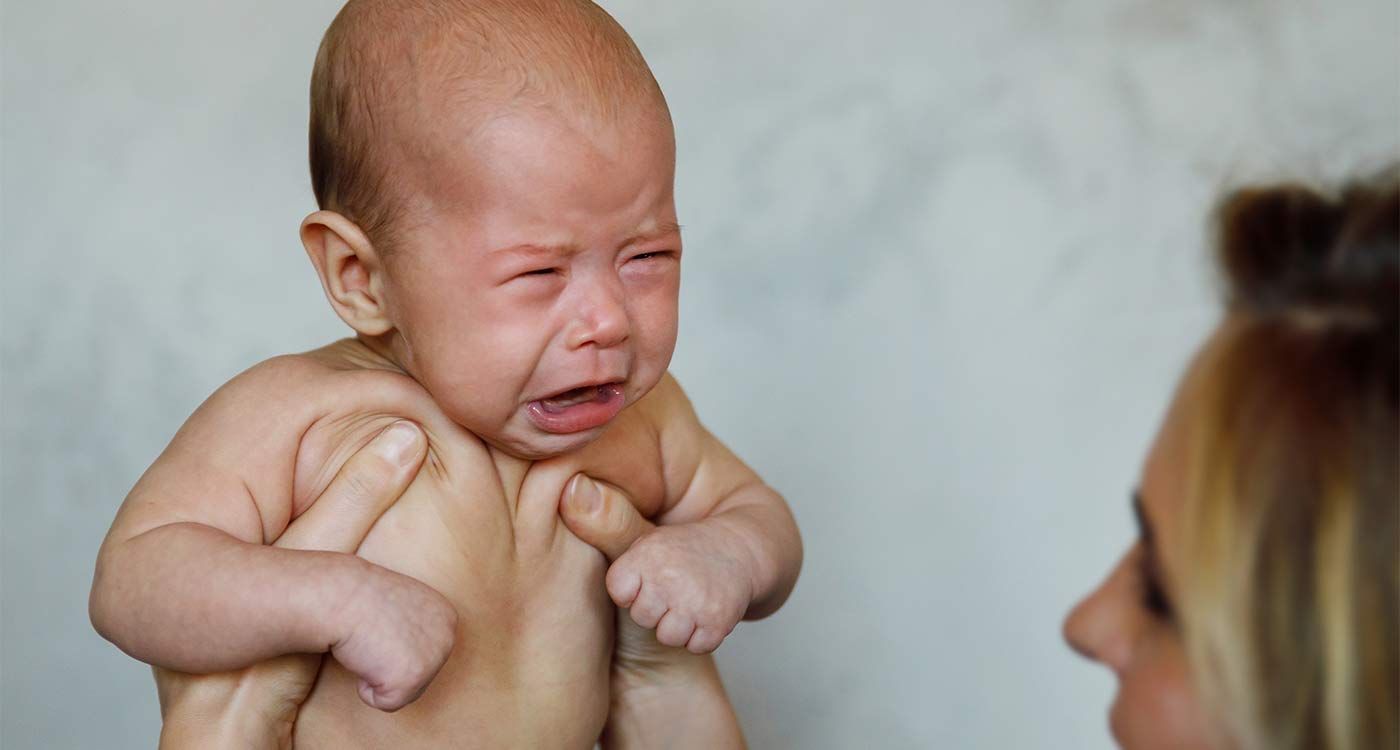
Each year, Shaken baby syndrome (SBS) destroys lives in silence. This severe form of abuse leads to irreversible brain damage. Understanding its causes, consequences and the urgency of prevention is a collective responsibility we can no longer ignore.
Shaken baby syndrome (SBS) is one of the most extreme and tragic forms of child abuse worldwide. Often triggered by a moment of anger or helplessness in response to persistent crying, a single violent shake can cause catastrophic brain injuries in infants – altering the course of a life before it has even begun. Behind this tragic reality lies a collective urgency: to prevent this silent scourge.
SBS occurs when an adult violently shakes an infant or young child, causing the head to whip back and forth. This sudden motion makes the brain slide inside the skull, tearing veins and causing internal bleeding. Unlike head trauma caused by falls or accidents, SBS results from a deliberate – though often impulsive – act whose consequences are rarely anticipated.
An infant’s physiology increases the risk: their head is proportionally heavier than an adult’s, their neck muscles are still weak, and their immature brain is suspended in cerebrospinal fluid without firm stabilization. As a result, violent shaking can cause subdural hemorrhages, massive cerebral edema and retinal bleeding, often without any visible external injuries – making diagnosis even more complex.
According to a study by Christian W. et al., titled “Abusive Head Trauma in Infants and Children,” published in Pediatrics in 2009, nearly half of abusive head trauma cases show no visible signs of abuse. This “silence of the body” explains why many SBS cases are diagnosed too late – sometimes only when the damage is permanent.
The Consequences of an Irreversible Act
SBS is one of the leading non-accidental causes of death and severe disability in children under two. According to a 2017 report by the French National Institute of Health and Medical Research (Inserm), approximately 75% of affected children suffer from lasting neurological damage, ranging from severe motor disorders to profound intellectual disabilities.
Potential consequences include cerebral palsy, post-traumatic epilepsy, partial or total blindness, speech, behavioral and socialization disorders, and severe cognitive delays. In the most serious cases, SBS leads to death – often following prolonged suffering. The trauma doesn’t stop with the child; it deeply affects families too – through shock, guilt and incomprehension. A single moment of violence can alter an entire family’s future.
Contrary to common belief, perpetrators of SBS are not always socially marginalized or deliberately malicious. More often, the act is committed in a state of exhaustion and loss of control, typically in response to relentless crying. Parental stress, extreme fatigue, social isolation, postpartum depression or harmful misconceptions (“The baby is crying on purpose,” “He must be silenced.”) can all contribute to the violent act.
Studies conducted in several countries, including France by Assistance Publique – Hôpitaux de Paris (AP-HP), show that in nearly two-thirds of cases, the perpetrator is male: a father, stepfather or babysitter. However, mothers experiencing intense psychological distress can also be involved.
The age of the victims is also significant: between two and four months – when crying tends to peak in frequency and intensity. At this stage, babies cannot express their needs except by crying, which may lead adults to feel helpless or overwhelmed.
Awareness and Prevention
Preventing SBS begins with widespread information and awareness. In recent years, several campaigns have been launched around the world to warn about the dangers of shaking a baby.
In France, Santé publique France launched the campaign “A baby cries. Never shake them.” in 2021. In Quebec, the PURPLE Crying program is routinely introduced to new parents in maternity wards. It explains that infant crying typically increases until around six weeks of age before gradually decreasing. It emphasizes that letting a baby cry – once their essential needs are met – is often safer than trying to stop the crying at any cost.
An effective prevention strategy includes:
- teaching stress management techniques to young parents;
- providing easily accessible helplines for parents in distress;
- distributing clear, consistent information in maternity wards, pediatric clinics and childcare centers.
Despite these efforts, SBS remains largely underestimated. In many countries, there are no ongoing national campaigns, and the training of healthcare professionals to detect early signs remains inconsistent.
SBS is legally recognized as a crime in many countries. In France, for instance, an individual who causes serious injury to a child under 15 faces up to 20 years of imprisonment. If the child dies, the charges may escalate to voluntary manslaughter or fatal assault without intent to kill.
However, legal action occurs after the fact – when the damage is already done. Many experts, including neurosurgeon Jean-François Chabas (Revue de neurochirurgie, 2020), advocate for a more comprehensive approach: strengthening prevention, providing early support to vulnerable families, and building a robust social support system around isolated parents.
Preventing SBS means promoting a culture of compassionate parenting. Understanding that crying is a vital function for a baby – not manipulation – is key. We must also break the myth that good parents should cope alone. Asking for help, handing the baby to someone else briefly, or reaching out to a friend or professional in moments of crisis are all acts of protection – not weakness.


Comments